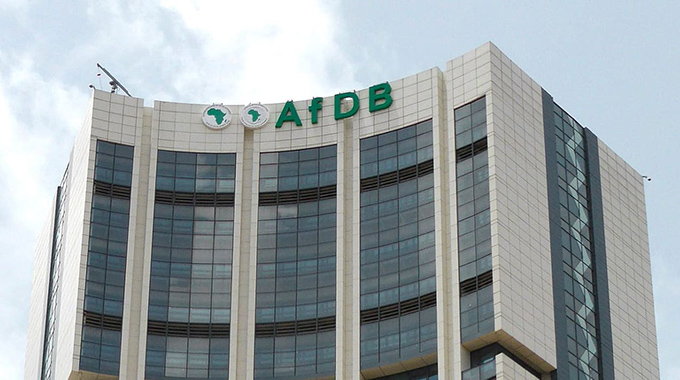Domestic resource mobilisation key for Zimbabwe – AfDB

Tawanda Musarurwa
Senior Business Reporter
Boosting domestic resource mobilisation is critical for Zimbabwe’s economy going forward as external financing for the country is likely to remain clogged, the African Development Bank (AfDB) has said.
Official data shows that the country’s total public debt stands at US$11,1 billion, approximately 53,9 percent of gross domestic product (GDP).
And of that total, 95,6 percent is external, which includes $6,4 billion in arrears to international financial institutions, bilateral, and private creditors.
“Zimbabwe has been in default since 2000. A Staff Monitored Programme with the International Monetary Fund to help Zimbabwe implement economic policies from May 2019 to March 2020 ended in September 2019.
“The Government and the Fund have not agreed to a new arrangement, which would be aimed at helping Zimbabwe clear its arrears.
“As a result, the country will have to continue to rely largely on domestic resource mobilisation and borrowing from non-Paris Club members like China.
“The international financial institutions will not resume lending until debt arrears are cleared,” said the AfDB in its Africa Economic Outlook (2021).
For Zimbabwe to improve its domestic resource mobilisation capacity, it needs to shift its economy from being based on primary industries such as agriculture and mining.
The chief economist (Revenue and Tax Policy Department) in the Zimbabwe Treasury Tapiwa Gumbo said at an African Forum and Network on Debt and Development (AFRODAD) meeting last December: “Economies that are dominated by primary industries largely depend on mining and agriculture with minimum value addition. You just produce and export without doing much to value add. People produce tobacco and just take it straight to auction floors.
“Zimbabwe exports unprocessed minerals (chrome and PGMs, Zambia exports unprocessed copper, Nigeria and Angola export unrefined crude oil while Mozambique exports unprocessed gas.
“This implies that the tax base is relatively low compared to countries with large manufacturing or industrial base that generate more employment and incomes.”
Manufacturing is vital to any economy insofar as it allows increasing diversification of production; it means more products can be brought onto the market, compared to agricultural production, for example, whose expansion and diversification is limited.
The country’s industry representative body, the Confederation of Zimbabwe Industries (CZI), has long identified the current lack of affordable long-term financing as a major constraint among its members.
But with external sources of funding clogged, domestic resource mobilisation becomes even more critical if the manufacturing sector is to thrive.
The Government has put in place some measures to ensure that industry has access to affordable foreign currency, notably the foreign currency auction system.
The AfDB says sustainability of the auction system is critical for Zimbabwe’s economy to meet macro-economic targets.
“Modest economic recovery is projected in 2021, if effective measures are taken to stabilise foreign exchange and avoid excessive money creation,” said the regional financier, although also pointing out possible stumbling blocks.
“But the outlook is clouded by a number of factors.
“The pandemic and Government policies to contain the disease will affect production levels across all sectors — although a partial easing of border closures may help.
“The industrial and mining sectors are equally faced with reduced competitiveness, low commodity prices, and interruptions in electrical service that disrupt output.
“The problems are exacerbated by debt distress and arrears, and low international reserves that can cover less than one month of imports.
“Zimbabwe’s economic situation will remain challenged in 2021, although the foreign exchange reforms, especially the weekly forex auctions, introduced in June 2020 could create price stability and create room for modest economic recovery.”
Government has committed to preserving present macro-economic stability, and last week the central bank announced additional measures in this regard, namely “maintaining the current conservative monetary targeting framework, anchored on 22,5 percent reserve money quarterly targets; keeping the bank policy rate and the Medium-term Bank Accommodation (MBA) Facility rate at 40 percent and 30 percent, respectively,” said Reserve Bank of Zimbabwe governor Dr John Mangudya last Tuesday.
Other measures include: increasing the amount of the MBA Facility by an additional $2,5 billion to cater for the winter wheat planting programme; and putting a cap on the interest rate at which banks can on-lend the proceeds from the MBA Facility at 10 percent above the borrowing rate to ensure recovery of the productive sectors.








Comments